X-class solar flares hit a new record in 2024 and could spike further this year — but the sun isn't entirely to blame, experts say
There were significantly more X-class solar flares in 2024 than any other year for at least three decades. The arrival of solar maximum was a key reason for the spike, but other factors were also at play.
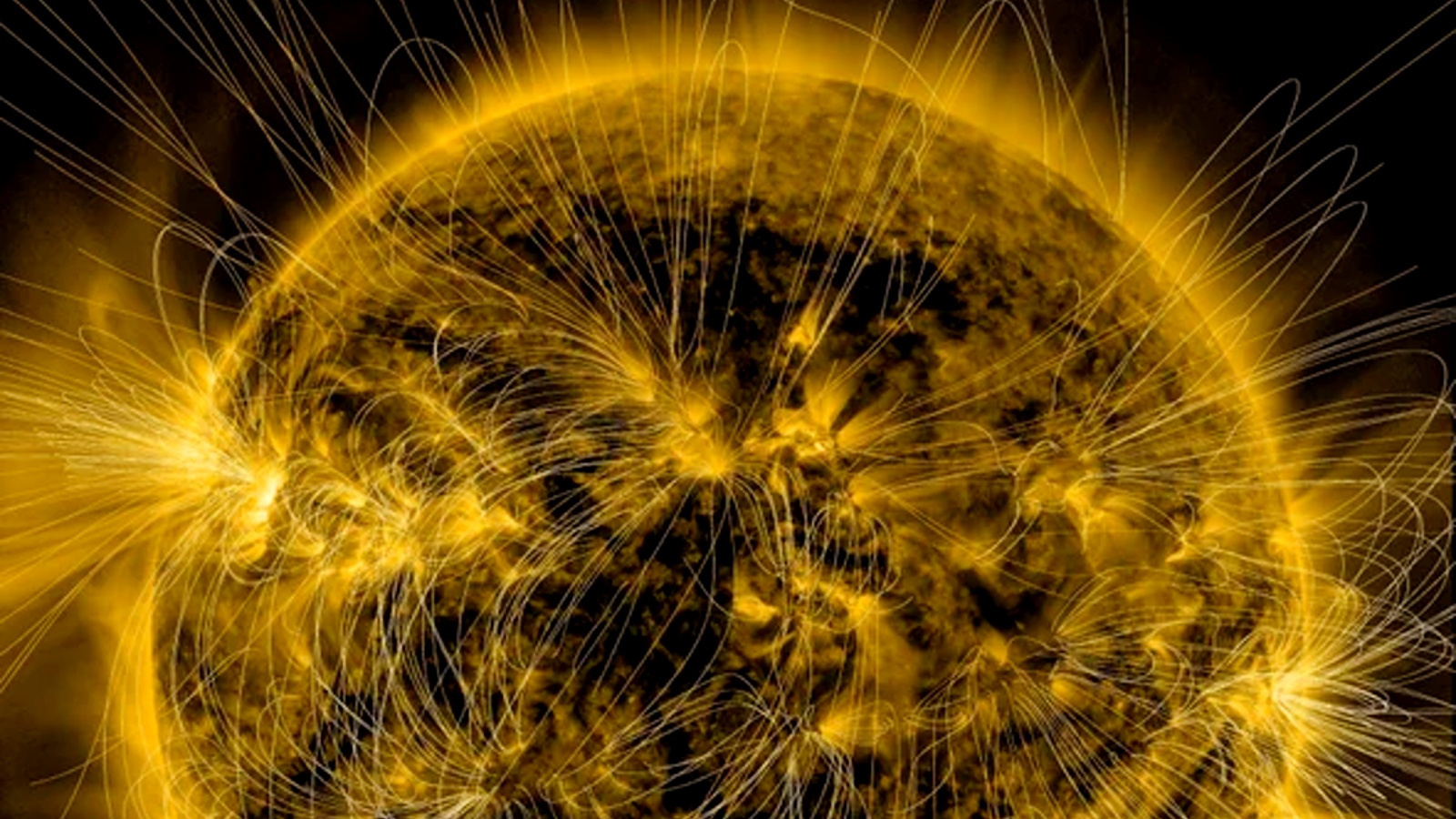
The number of X-class solar flares — the most powerful and potentially dangerous class of solar eruption — hit a new record high in 2024. The spike highlights that we are currently experiencing a surprisingly active solar maximum, which could continue to intensify this year.
But solar activity may not be the only reason the number of supercharged solar explosions skyrocketed last year, experts told Live Science.
There were a total of 54 X-class flares in 2024, according to SpaceWeatherLive.com, which maintains the oldest and most accurate publicly available dataset on solar flares. That is the highest total since at least 1996, when this dataset began. NASA has been tracking solar flare activity since the mid-1970s, but earlier data has not been made publicly available and is less reliable than modern records, SpaceWeatherLive.com representatives told Live Science in an email.
The previous record number of X-class flares in the dataset was 34, recorded in 2001, and only on four other occasions — in 2000, 2003, 2005 and 2014 — has the annual total risen above 20. So last year's total represents a surprisingly sharp spike in X-class flare frequency.
Related: 10 supercharged solar storms that blew us away in 2024
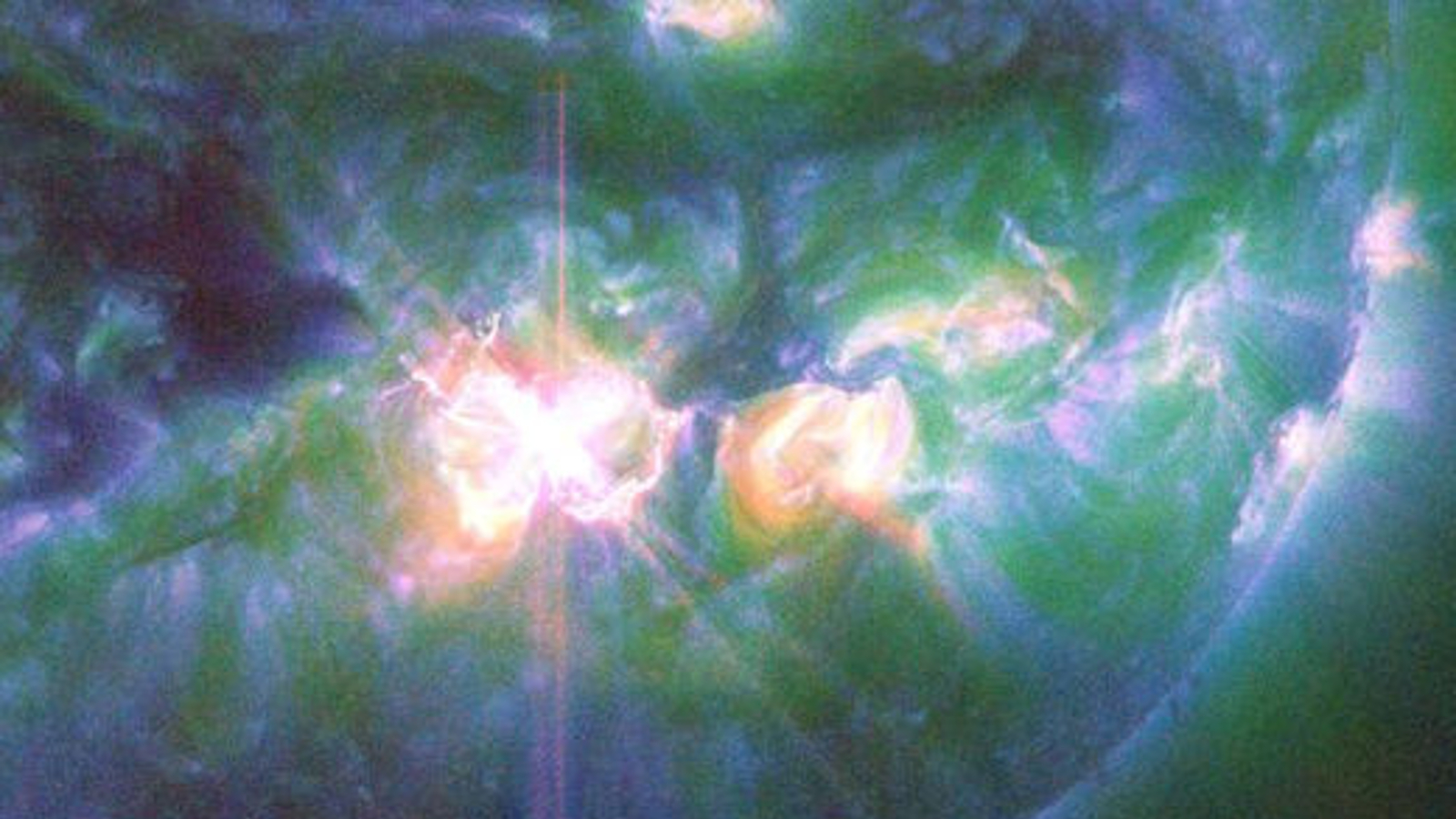
The effects of the more frequent X-class flares were widely felt on Earth in 2024. For example, in May, a quickfire succession of at least four X-class flares launched clouds of plasma, known as coronal mass ejections (CMEs), that slammed into Earth and sparked the strongest geomagnetic storm in 21 years, which in turn triggered some of the most vibrant and widespread aurora displays in our skies over the last 500 years.
So why was there such a big jump in X-class flares last year?
Get the world’s most fascinating discoveries delivered straight to your inbox.
Increased solar activity
The obvious reason for the increased frequency is the arrival of solar maximum. This peak in the sun's roughly 11-year cycle of activity, which is triggered by the weakening and eventual flipping of the sun's magnetic field, has been surprisingly active so far and is expected to continue well into 2025 and possibly beyond.
In October 2024, scientists from NASA and the international Solar Cycle Prediction Panel (SCPP) announced that we have entered solar maximum and that the explosive peak likely started early last year, which was sooner than they had initially predicted.
The ongoing maximum has also proved to be more active than most scientists had initially forecast. For example, in August, the number of visible sunspots on our home star, which is a key metric for monitoring solar activity, reached a 23-year high.
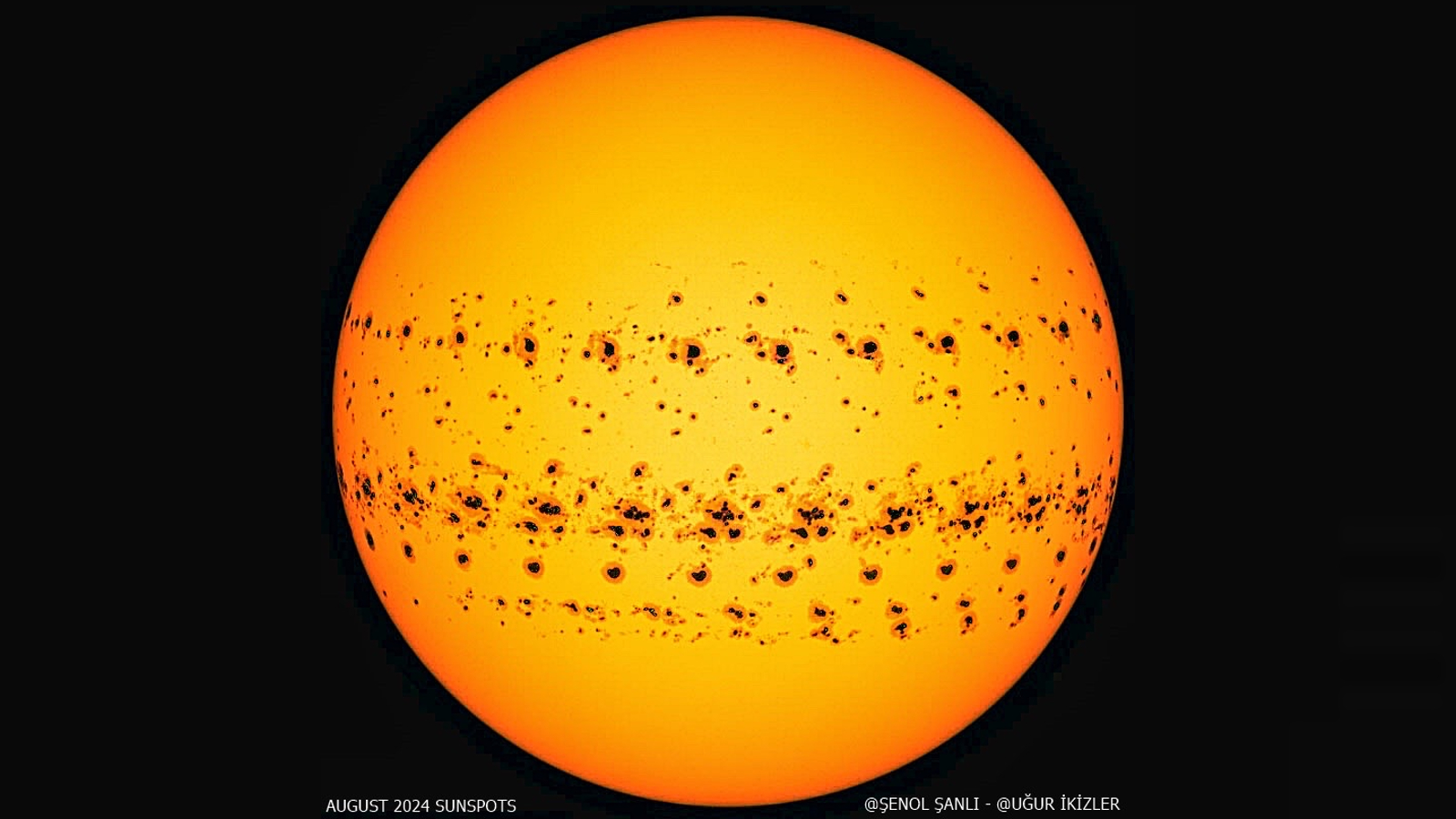
But the number of X-class flares has been the biggest shock for most solar physicists. "I think we have all been surprised [about the number of flares]," Hugh Hudson, a solar physicist at the University of Glasgow in the U.K., told Live Science.
Some researchers like Hudson believe that the increase in X-class flares can be solely attributed to the increased activity during solar maximum. However, other experts think that although the sun's peak has undoubtedly played a key part in the spike, it is not the only reason. These researchers argue that the record number of observed X-class flares is also down to the fact we have gotten a lot better at spotting them, which is slightly throwing off the grading curve.
Spotting solar flares
Most X-class flares are pretty hard to miss, Scott McIntosh, a solar physicist and vice president of the new space weather solutions company Lynker Space, told Live Science. "These events are so massive they kinda smack you in the face," he said.
However, we cannot see them all, McIntosh added.
For starters, we can only properly see solar flares on the side of the sun facing Earth, although some farside explosions are so massive that we can still see the gigantic CMEs they hurl into space. This doesn't change much because we have only ever been able to see the sun's nearside eruptions. But it can also be hard to spot and properly measure solar flares around the edge of the sun's limbs because we cannot always see them properly.
This means we could historically have missed up to a further 15% of the sun's X-class flares, McIntosh said.
Related: 15 dazzling images of the sun
However, over the last few decades, scientists have launched several new spacecraft to monitor the sun, which have likely gotten better at spotting some of the flares that might previously have been missed, McIntosh said. "The new assets have highlighted how many events have been pointed away from us on Earth," he added.
It is also possible that we have previously missed some X-class flares that were right on the threshold between being rated X-class and M-class — the second-highest soflar flare category.
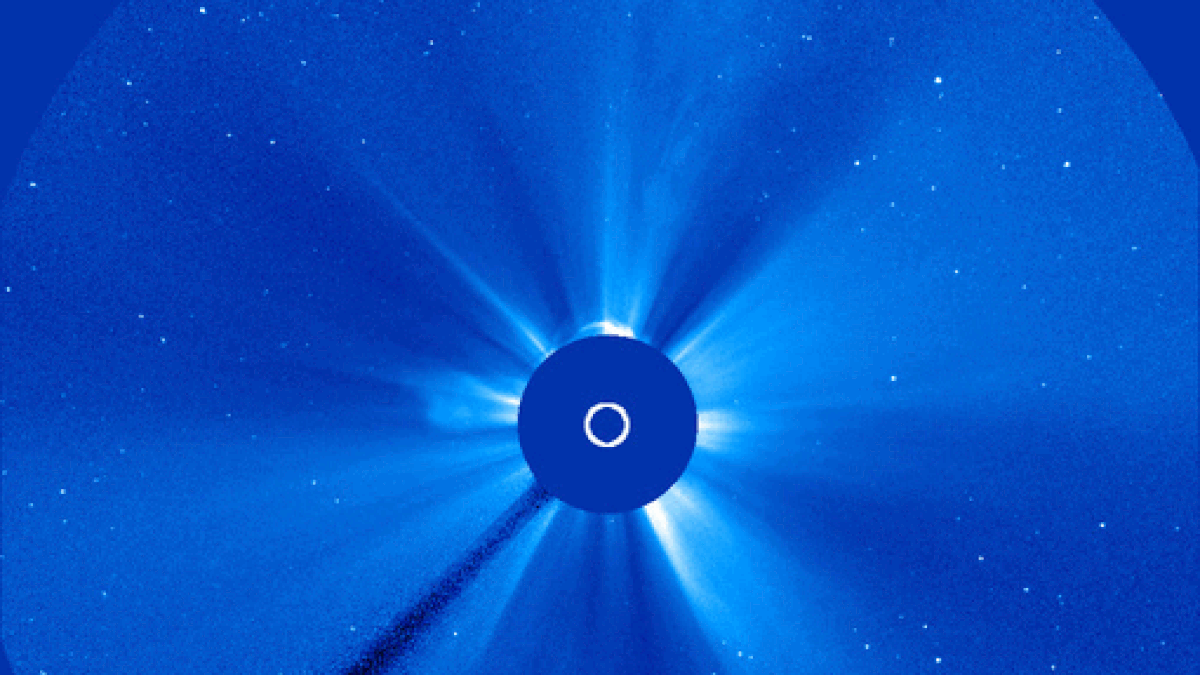
Carl Shneider, a space systems scientist at the University of Luxembourg and an advisor at private space weather forecasting company Mission Space, also believes that we are getting better at spotting X-class flares. "Advances in science and technology are continuously improving our ability to monitor solar activity and its impact on Earth's environment," Shneider told Live Science. "Every new mission, observational point, numerical model or theory improves our understanding."
However, these advances can also be a double-edged sword, because "this progress makes it hard to directly compare modern data with past observations," Shneider added.
But not everyone is convinced. Hudson, who has been studying solar flares for decades, believes that "the rules [for detecting X-class flares] have not changed" and says that we have likely missed "zero" of these outbursts over the last few solar cycles.
Is there more to come?
Solar maximum is expected to continue well into 2025 and potentially even into 2026, although we won't know when it ends until after it has happened. While solar maximum is often considered to be the most active phase of the solar cycle, the number of flares can remain high for several months or years after this phase ends.
New research also suggests that solar activity can peak a few years after solar maximum, during a period when different parts of the sun's magnetic field vie for dominance, which some researchers have dubbed the "battle zone."
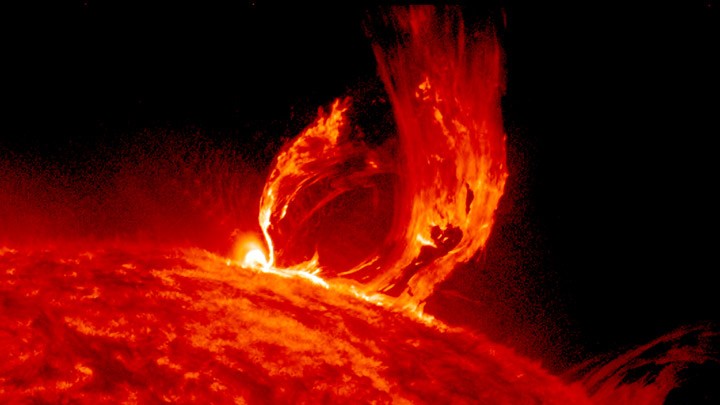
"I think the record will continue to grow [over the next few years]," McIntosh, who is one of the main proponents of the battle zone concept, said. However, "we cannot really tell," he added.
Shneider also believes we have not yet seen the peak in solar activity and says, "The frequency of these events could remain high for several more years."
2025 has already started strong with three X-class flares in the first four days of the year, according to SpaceWeatherLive.com.
It is also possible that we could see much more powerful X-class flares in the coming years. The most powerful flare of the current solar cycle was an X9 magnitude blast on Oct. 3, 2024. But during the last two solar cycles, there have been 14 different X-class flares with a higher magnitude, despite flares being less frequent at the time.
Hudson said that increased frequency does not guarantee more powerful flares. "But I do think it is odd [that we haven't seen more powerful flares yet]," he added.

Harry is a U.K.-based senior staff writer at Live Science. He studied marine biology at the University of Exeter before training to become a journalist. He covers a wide range of topics including space exploration, planetary science, space weather, climate change, animal behavior and paleontology. His recent work on the solar maximum won "best space submission" at the 2024 Aerospace Media Awards and was shortlisted in the "top scoop" category at the NCTJ Awards for Excellence in 2023. He also writes Live Science's weekly Earth from space series.


